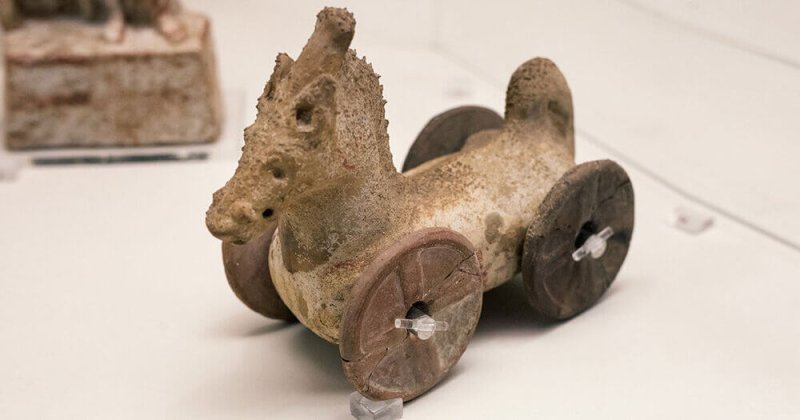Over the two decades that archaeologist Gus Van Beek excavated Tell Jemmeh, an Assyrian settlement inhabited from around 3,800 to 2,200 years ago, he recovered so many objects, it took the Smithsonian 40 years to catalogue them all.
But for Van Beek, the site – in what is now modern-day south-west Israel – yielded a discovery that was “among the more enigmatic objects recovered”: 17 small, rounded discs – some made of chalk, some of stone, but most upcycled from potsherds – with two deliberate holes in the centre.
Van Beek wasn’t the first archaeologist to discover objects like these.
…
“I remembered playing in my early years with a similar object,” he remarked. Thread string through the holes, then stretch and relax the string, and the discs spin. He called the objects what they were known as when he was a child – “buzzes” – and went so far as to experiment with creating one himself.
While a handful of earlier scholars also suspected these were toys, others were sceptical. Relying on one’s own childhood memories, and projecting our own, modern experience onto a distant society, seemed unacademic at best.
…
We know that children played. We know they often played with objects. But other questions, such as which objects, and in what way, have remained stubbornly difficult to pinpoint.
…
But understanding how children played is important, not least of all because it gets to the heart of a decades-old debate: what childhood really meant to past generations – if it meant anything at all.































